On an autumn trip to the Emmental, we gained a h̶o̶l̶e̶ whole new perspective on cheese.
It is early morning, and the fog still covers the rolling hills of the Emmental Valley. This type of weather is considered ideal in the shadow of the Bernese Alps. It is thanks to these cool temperatures and the moist air that the vegetation thrives.
The proof is in the green meadows full of juicy grass, alpine herbs, and colorful flowers. A local cheese maker explains the intricate relationship between nature and humans in an eye-opening way: “The humans among us cannot eat all those natural products. The last time I checked, we cannot digest grass fibers physically…”
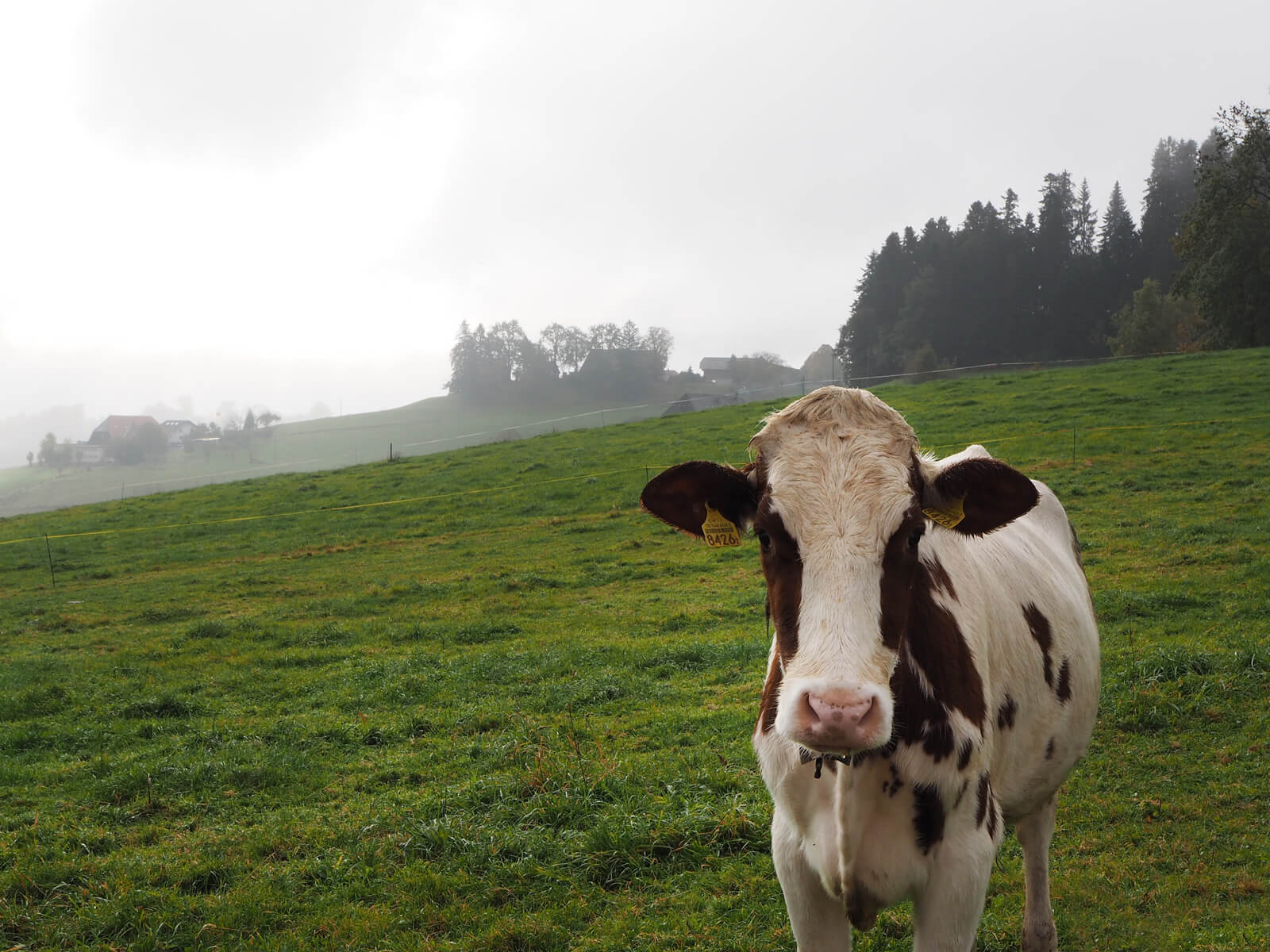
Enter the cows!
Our bovine friends have a complex digestive system, allowing them to turn grass, herbs, and flowers into protein. The result is cow’s milk, which we can enjoy in its purest form - or in the shape of Emmentaler AOP cheese.
We have never looked at cheese from this perspective. But it makes sense: thanks to the cows’ hard work of grazing, chewing, and ruminating, we humans can ultimately ingest pure nature in the form of dairy products.
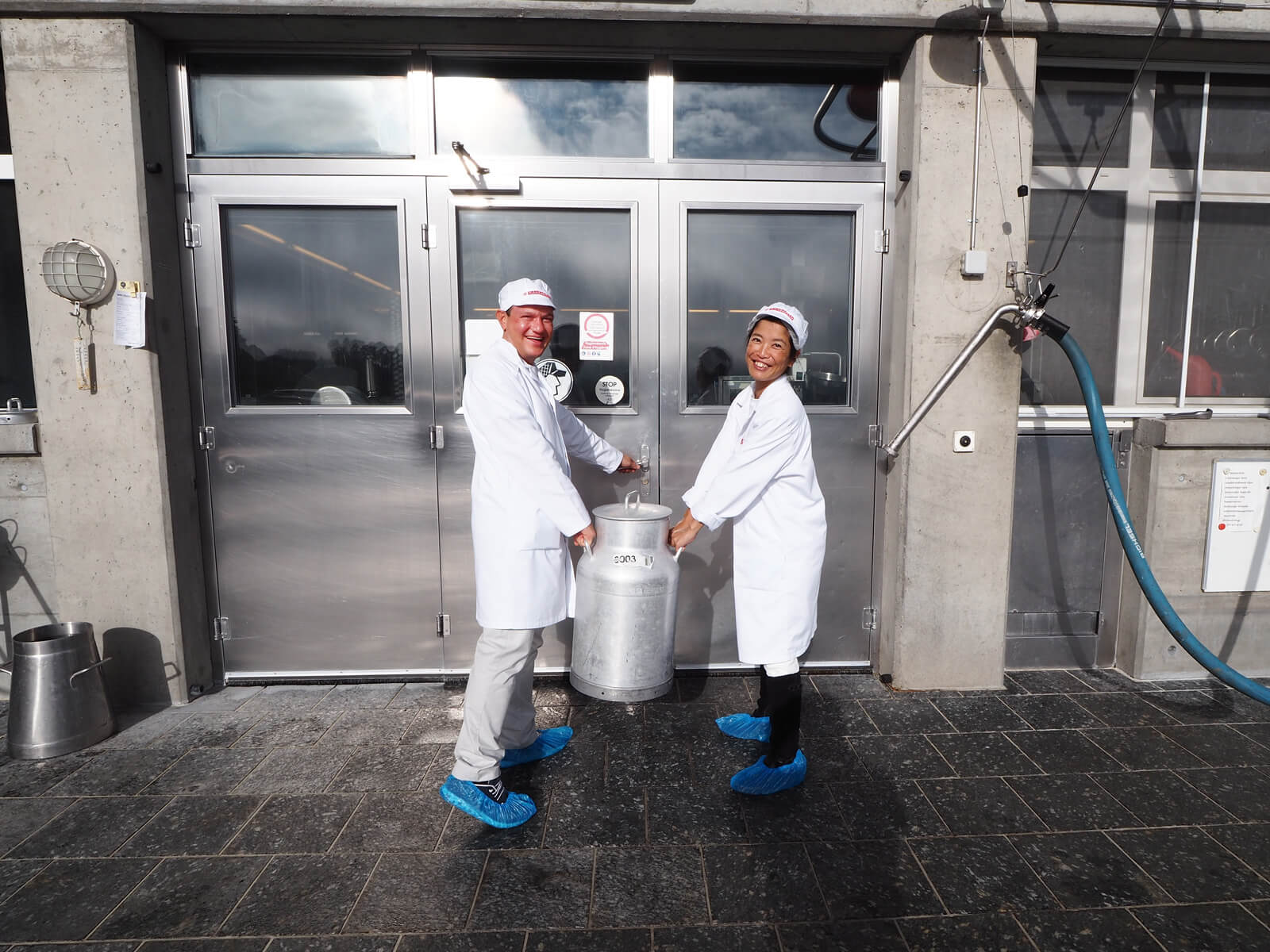
Dedicated dairy farmers who know their cows by name
When we delved into the cheese production at the Emmental Cheese Factory, a show dairy open to the public, it struck us: the majority of cheese we used to buy in grocery stores is all but natural. From pasteurized milk or artificial enhancers to large-scale industrial production, most cheeses are mere protein bricks.
Emmentaler AOP cheese is the pure opposite. It is handcrafted in small batches using only natural ingredients: raw milk from grass or hay fed cows, fresh water, animal rennet, salt and bacteria cultures.
At the Emmental Cheese Factory, the cheese-makers go as far as heating the milk using wood from local forests – but only to show how to make cheese a hundred years ago.
And an average farmer supplying milk for Emmentaler AOP owns just 26 cows. This means the farmer knows each cow by name: Bella, Fiona, Bianca…
Age-old craftsmanship in cheese production
About 110 cheese dairies are commissioned to produce the original Emmentaler AOP cheese. This is rather symbolic for Switzerland, a country of small businesses. To assure consistent quality, they have to adhere to several rules.
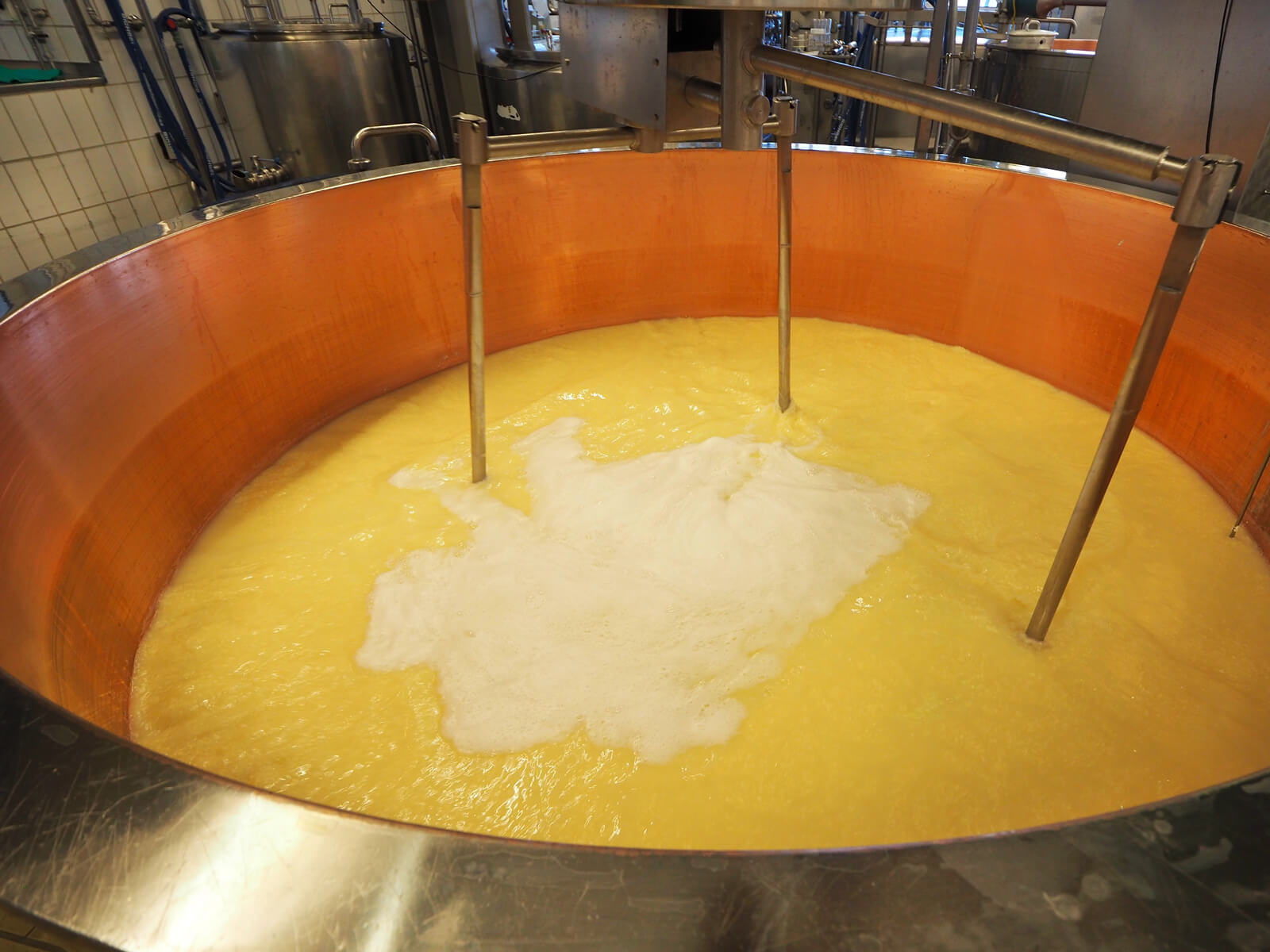
Coming from the US, where “regional” means “within 300 km”, we find it astonishing that all milk for Emmentaler AOP has to be from within a 20 km radius of the dairy. This, in turn, means that emissions are kept to a minimum when it comes to the transportation of the milk.
Have you noticed that each cheese label contains a number printed in black? This tracking number corresponds with the cheese factory where the loaf was produced. So, the next time you hold a piece of Emmentaler AOP, check for this number and look up the dairy online.
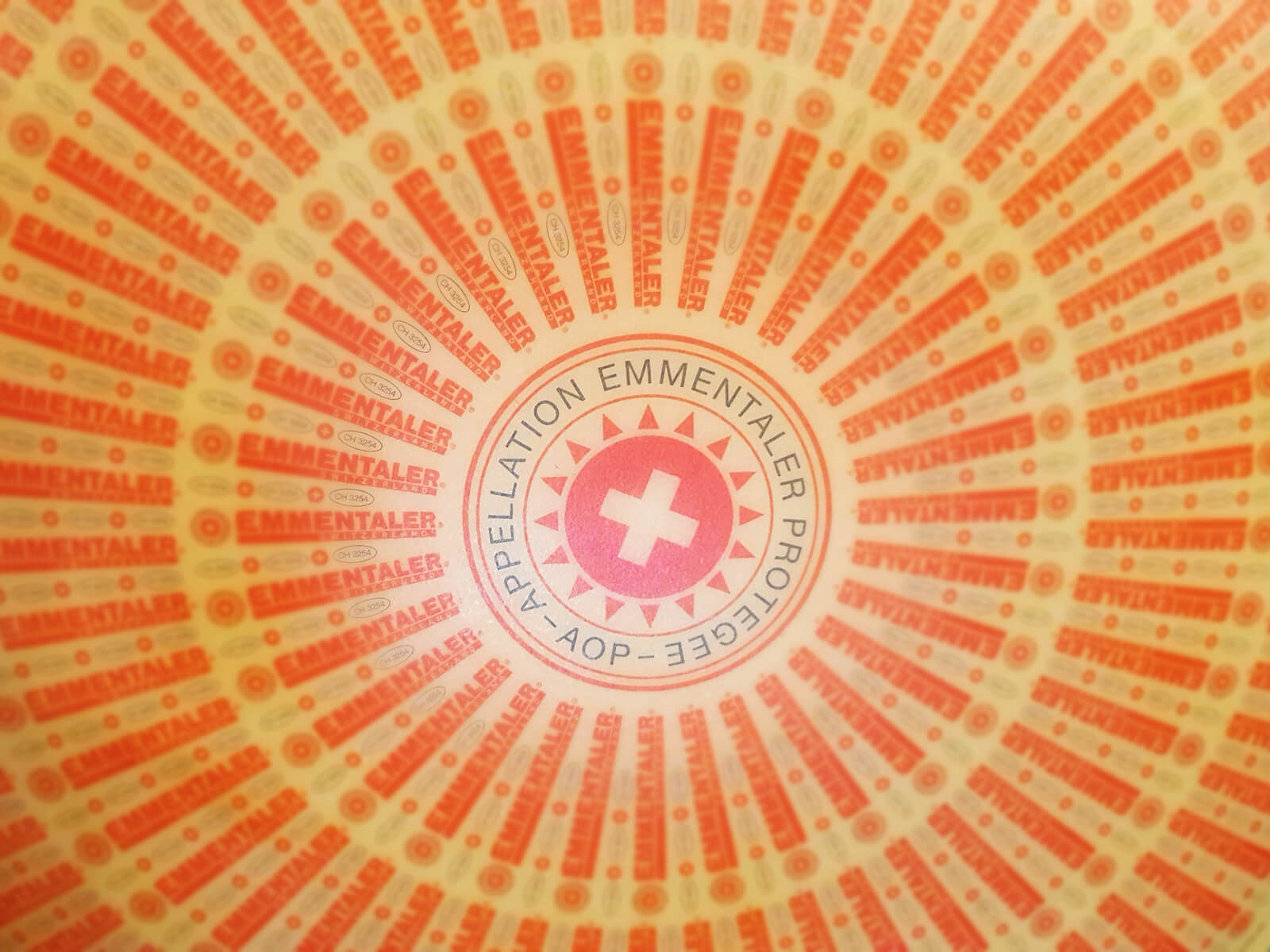
About the Emmentaler AOP promise
By now, you may be wondering what “AOP” stands for. It is a seal of quality called “Appellation d'origine protégée”, which means as much as “protected designation of origin.”
Like bubbly has to be from a certain region in France to be called “Champagne,” the original Emmentaler AOP cheese has to be from one of the certified dairies to get the label “AOP.”
Any similar cheeses you may find in your local grocery shop abroad may be copycats unless labeled “Emmentaler AOP.”
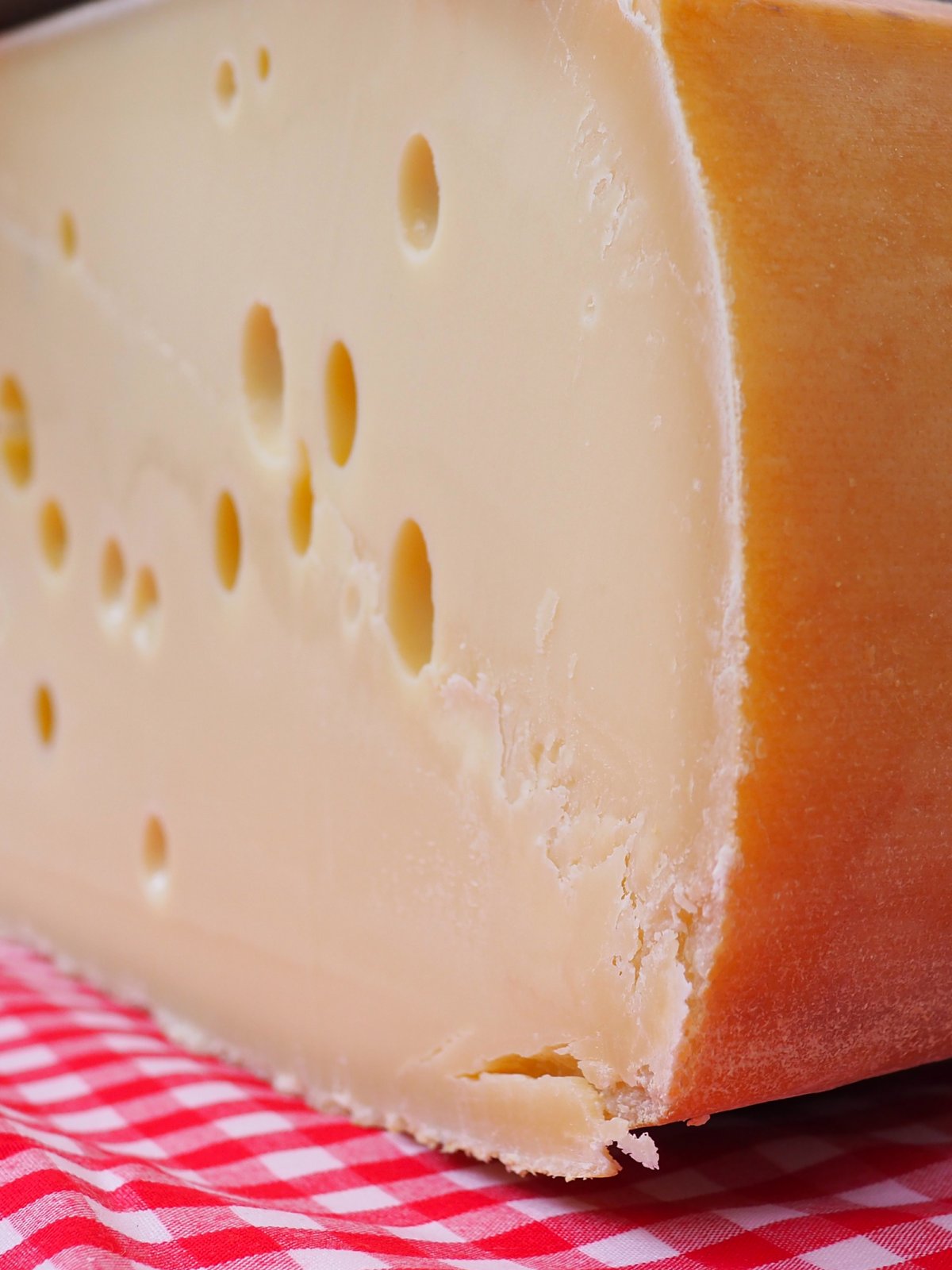
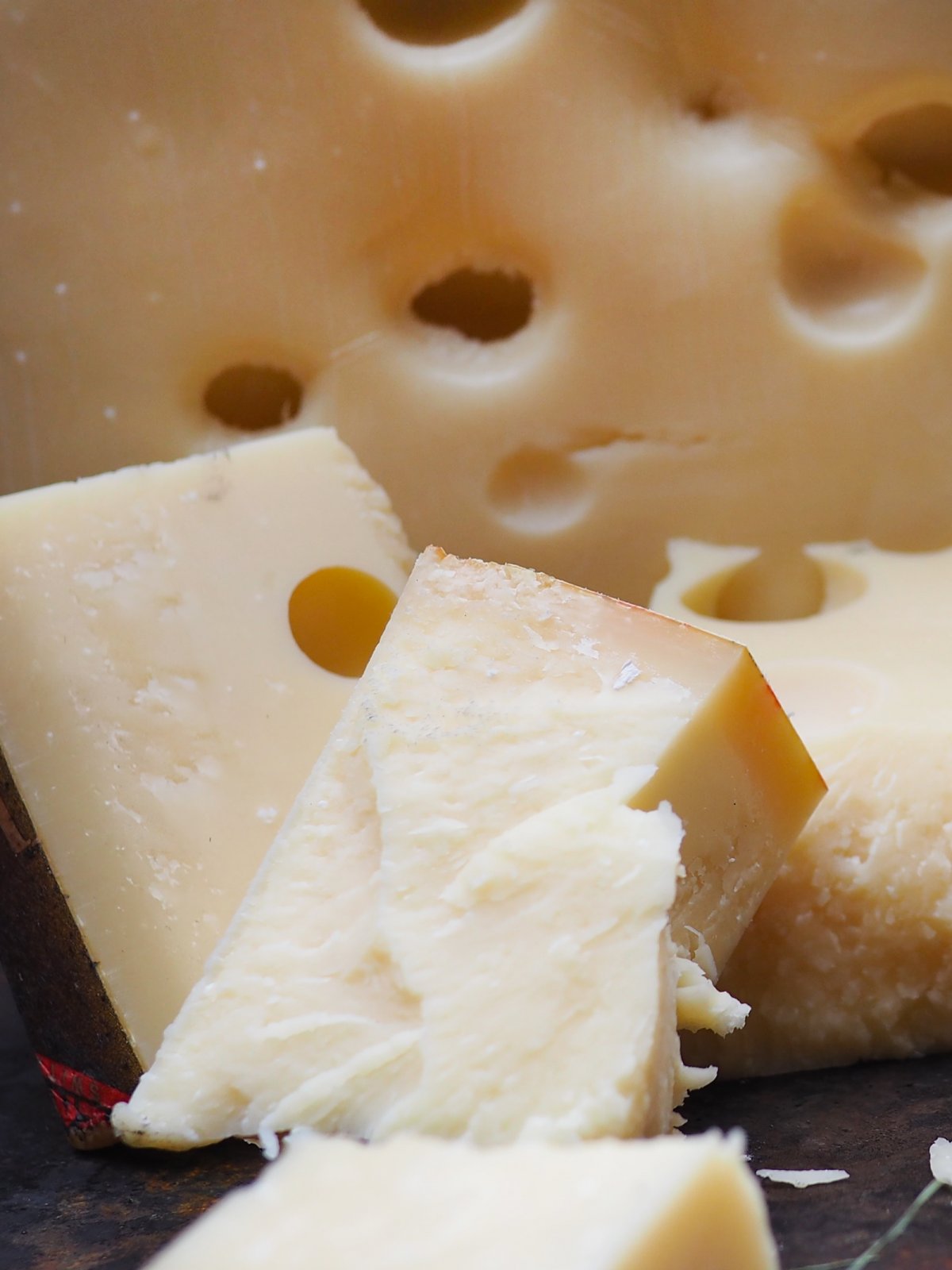
Some interesting statistics about Emmentaler AOP cheese
With everything we’ve learned, taking a bite of Emmentaler AOP cheese is like taking a bite of raw nature!
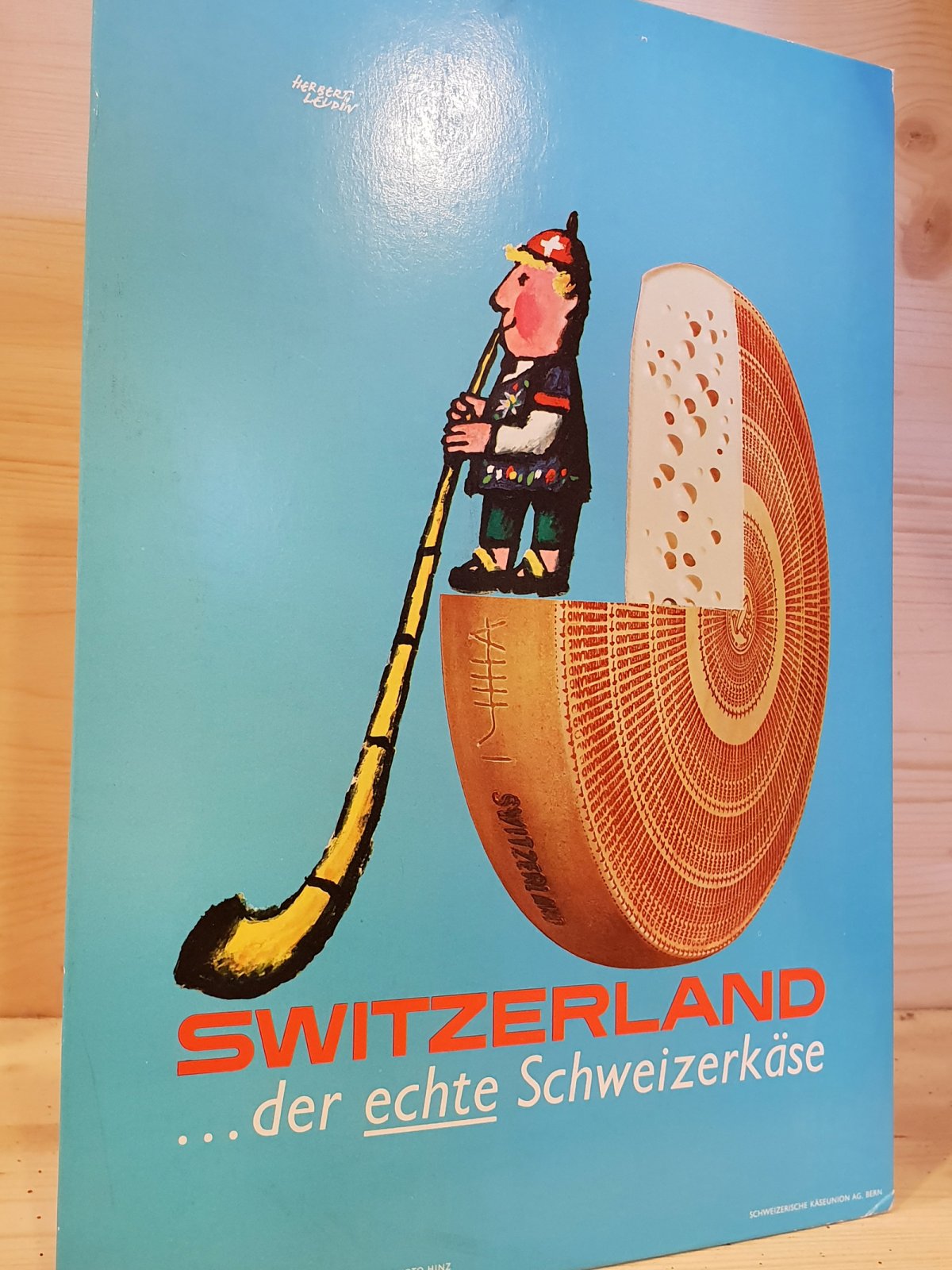
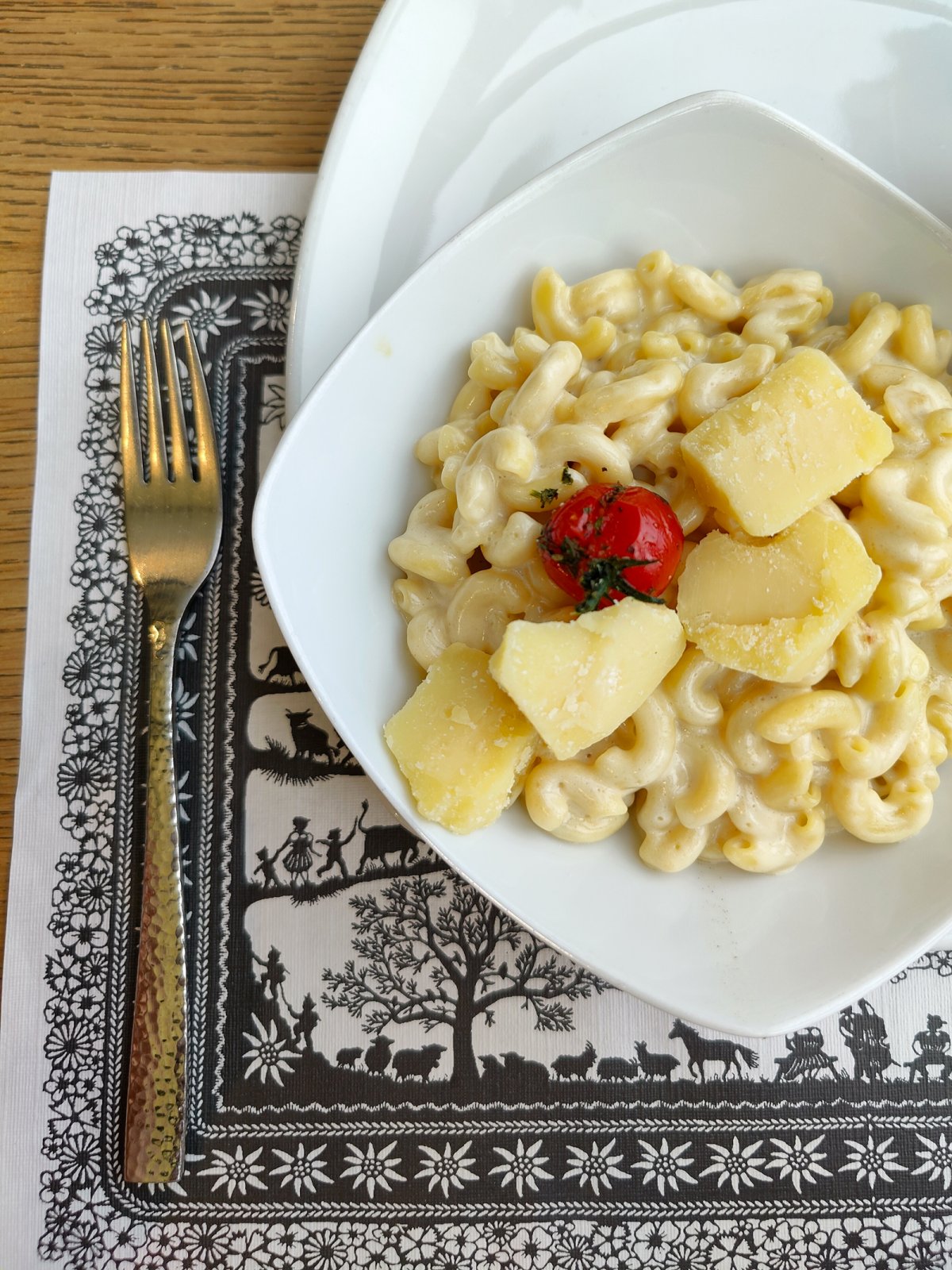
(Emmentaler Switzerland sponsored this post.)

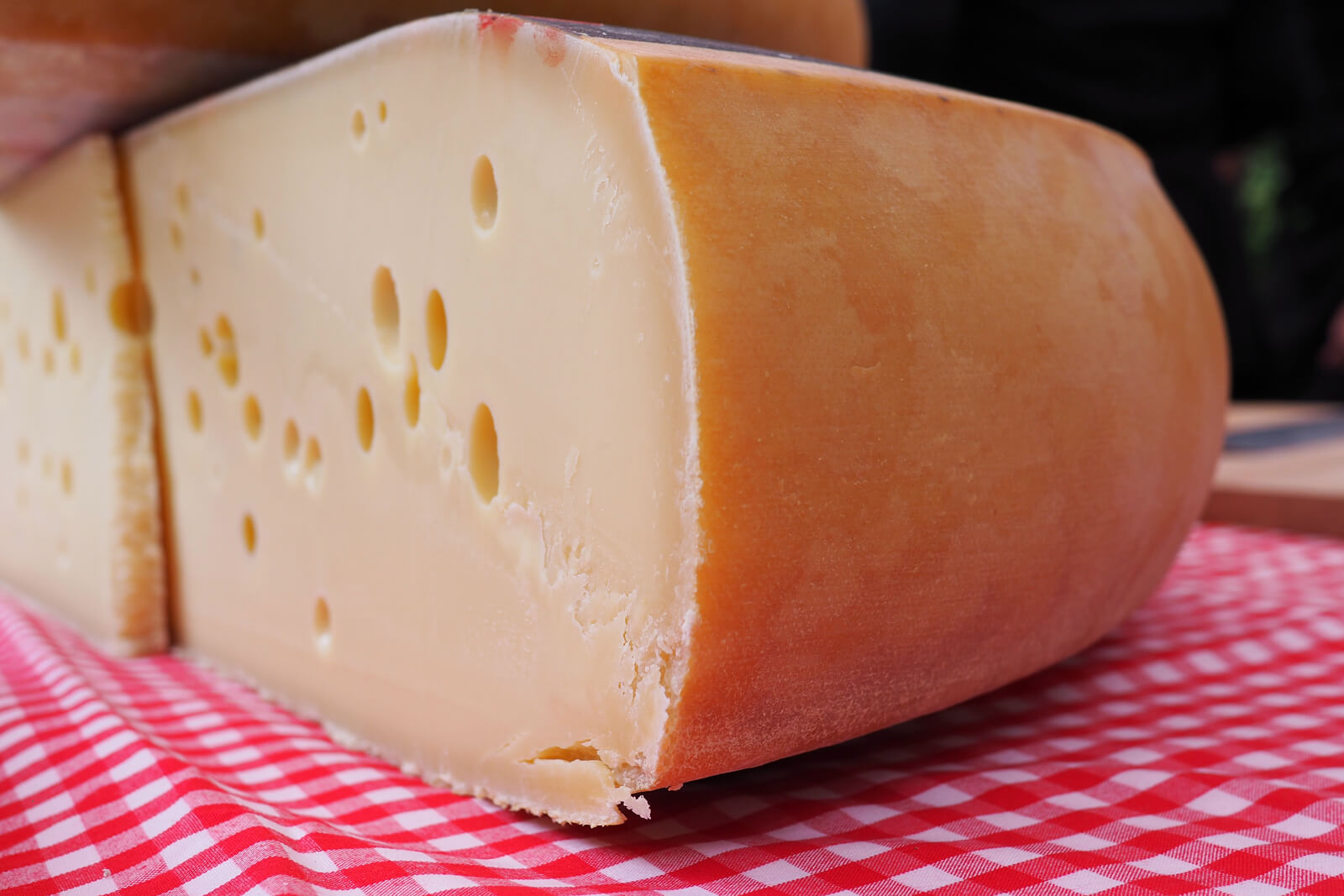
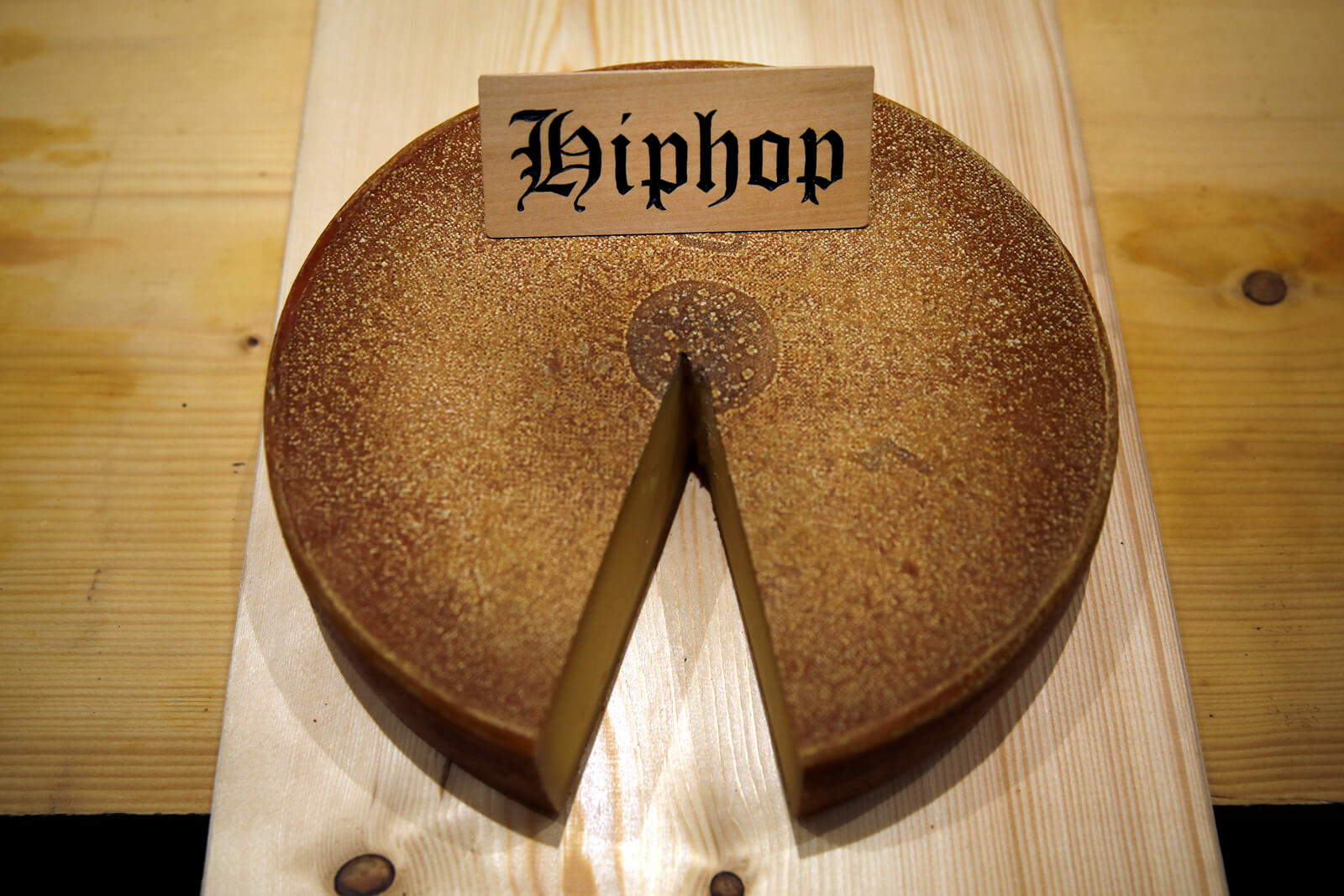

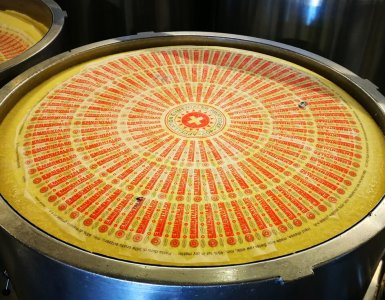
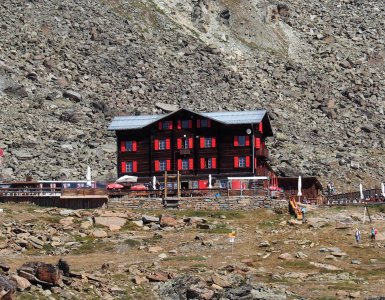

Add comment